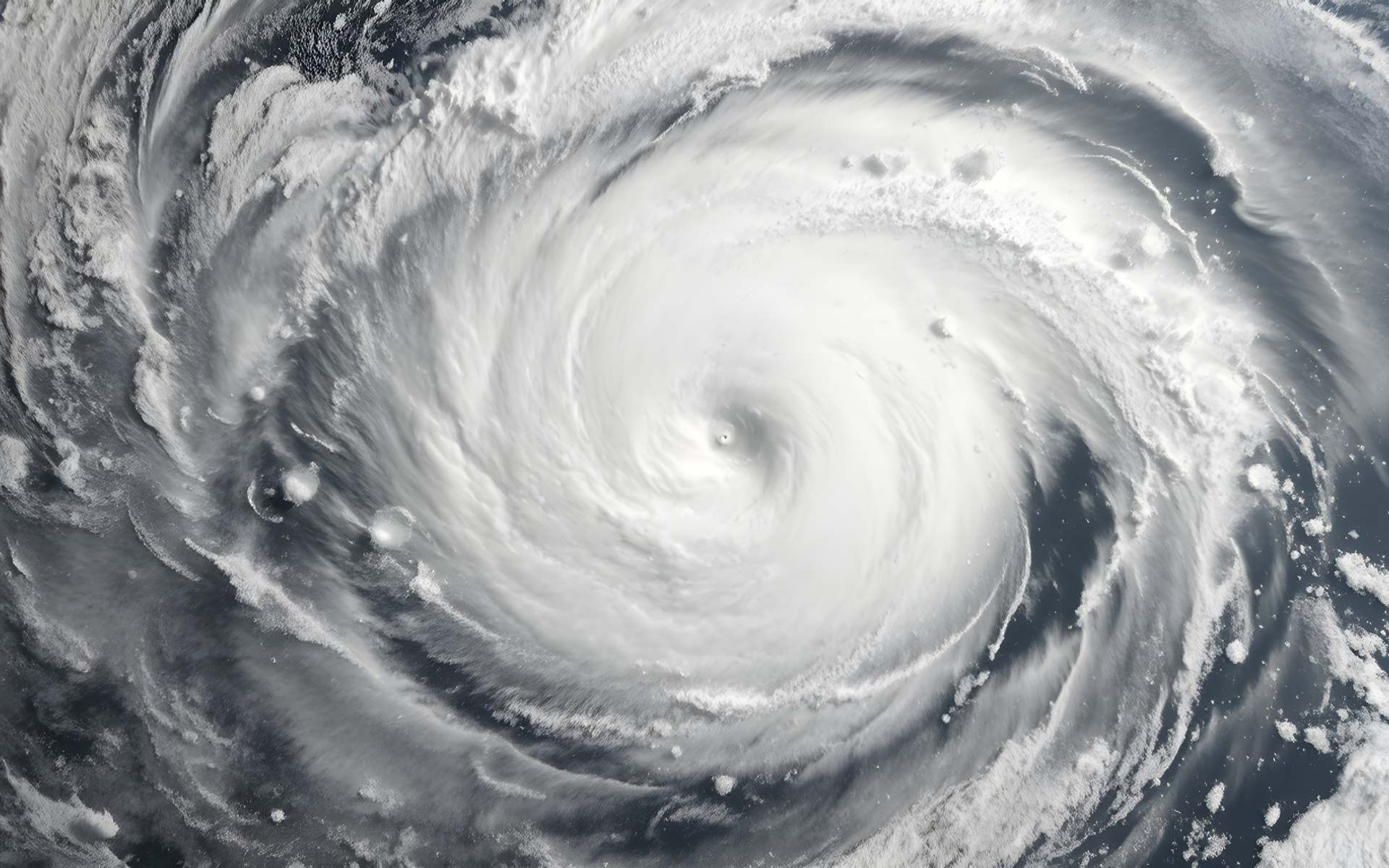
Life-saving software: technologies that prevent disasters
Over the past few decades, technology has played an increasingly central role in preventing natural and environmental disasters. From weather data analysis to artificial intelligence capable of anticipating extreme events, predictive software has proven to be a vital tool for avoiding catastrophes and—more importantly—saving human lives.
It’s not just about more accurate weather forecasts, but full digital ecosystems designed to detect early warning signs of earthquakes, fires, floods, and hurricanes. These solutions combine big data, machine learning, sensor networks, and predictive models to act ahead of unpredictable threats.
Seismic early warning systems: algorithms that anticipate shockwaves
Seismic early warning software is one of the most advanced innovations in earthquake prevention. It relies on networks of high-sensitivity seismographs distributed across territories to detect P-waves (primary waves), which travel faster and cause less damage, and predict the arrival of S-waves, which are responsible for structural collapses.
Through real-time calculations and predictive modeling, these systems can send alerts just seconds in advance. That short window is enough to stop trains, shut down elevators, cut power lines, and allow people to take shelter. Japan’s UrEDAS and California’s ShakeAlert are concrete examples of technology acting before the disaster strikes.
Fire prediction through artificial intelligence
Wildfires are increasingly frequent and destructive due to climate change. But today, software platforms exist that can predict their onset by continuously analyzing satellite images, weather data, soil humidity, and signs of ignition.
Systems like FireWatch, FUEGO, and others combine computer vision and AI to identify high-risk areas before flames spread. The key factor is speed of data processing and the accuracy of risk localization, allowing authorities to dispatch air and ground teams quickly. These algorithms are already used in California, Australia, and Mediterranean countries.
Flood prevention through dynamic predictive modeling
Floods are among the hardest disasters to contain, but hydraulic informatics has made enormous progress. Three-dimensional simulation systems like HEC-RAS and MIKE FLOOD model water behavior based on rainfall, terrain topography, and soil saturation.
Thanks to these simulations, it’s now possible to predict with great accuracy where water will accumulate, overflow, or flow destructively, even hours in advance. Data is transmitted in real time to emergency command centers, enabling evacuation protocols and the activation of mobile barriers. These tools are already in use in the Netherlands, Germany, and the UK.
Satellite technologies for cyclone tracking
Tropical cyclones and hurricanes are constantly monitored by software that integrates satellite data, Doppler radar, and ocean sensors. Deep neural networks analyze storm formation and predict trajectories with unprecedented precision.
Programs like CycloneTrack and TROPICS AI use edge computing to rapidly process satellite imagery, sea surface temperature, and atmospheric pressure. Hourly-updated projections help authorities plan evacuations, logistics closures, and large-scale emergency responses.
Predictive analytics for epidemics and health crises
Even pandemics and epidemics can be anticipated thanks to disease surveillance software. Platforms like BlueDot and HealthMap have demonstrated the ability to detect early signs of viral outbreaks well before official communications, by analyzing airport data, online news, Google searches, and hospital traffic.
These systems use natural language processing and machine learning to classify information, identify suspicious clusters, and estimate spread potential. During the COVID-19 pandemic, some technologies predicted infection surges days ahead of official health reports.
When code becomes prevention
In the world of technology, innovation isn’t just about breakthroughs—it’s also about silent software designed to act before it’s too late. These solutions, often invisible to the human eye, work 24/7 to collect data, model scenarios, and anticipate threats.
In an era shaped by climate change and systemic vulnerabilities, digital prevention has become a crucial pillar of public safety. And every line of code written to save a life is one of the noblest applications of modern computing.








